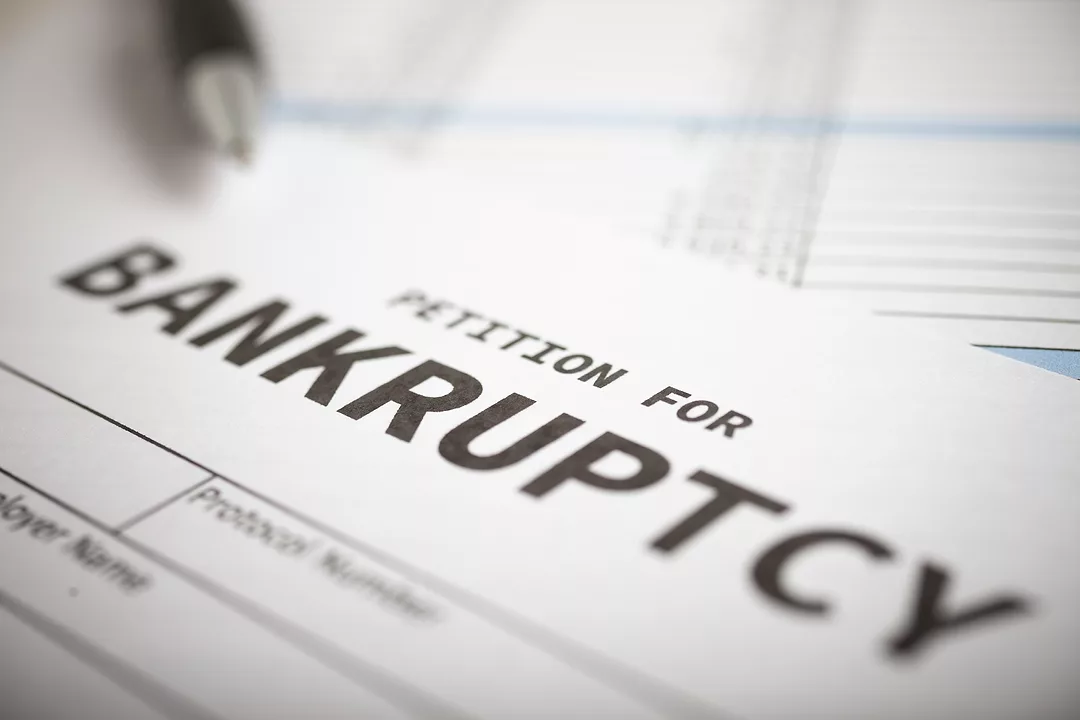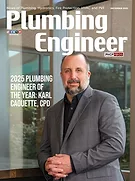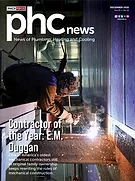Regardless of whether a law student plans to specialize in debtor/creditor rights or taxation after graduating from law school, they should take at least one class in bankruptcy and another course in taxation. These important subjects intersect with almost every other area of the law, so practicing lawyers should, at a minimum, be generally familiar with them.
Construction law is no exception; many building- or design-related statutes are affected by bankruptcy laws and/or the case law interpreting them. In this column, we take a closer look at the interplay between federal bankruptcy laws and state mechanic’s (or construction) lien laws.
Every state has statutes that protect and ensure payment to those persons who provide labor, services, goods or materials for the improvement of real property in that state. “Those persons” are typically contractors, construction managers, subcontractors and suppliers. However, in many jurisdictions (including New Jersey), those persons could include architects, engineers and design professionals, as well as their subconsultants.
If you fall into one of these categories, pay close attention.
Lien Requirements, Generally
Liens are creatures of statutes; in derogation of common law. Thus, they vary from state to state. These statutes, which must be followed very carefully, typically have at least four things in common, regardless of jurisdiction:
• Lien claimant prerequisites (i.e., who may file a lien);
• Requirements for the contents of the lien (i.e., what must be in a lien);
• Timing requirements (i.e., when may a lien be filed and when is it time-barred);
• Perfection requirements (i.e., what has to be done to create an enforceable lien).
Once a lien is perfected in accordance with the applicable statute, the lien creates an encumbrance on real property that is capable of being foreclosed upon (much like a mortgage) in a separate legal proceeding. Understandably, a party filing a lien gains a significant amount of leverage over a property owner because no property owner wants a mechanic’s lien encumbering their property.
The situation becomes more complicated if the property owner has filed for bankruptcy protection. After a bankruptcy petition is filed, the debtor gets the benefit of what is known as the “automatic stay” under 11 U.S.C. § 362. As indicated, the stay is automatic. It results from a federal statute that keeps everything frozen in place for the debtor, so the property of bankruptcy estate (i.e., the assets of the debtor) could be marshalled and used/distributed appropriately among the creditors.
As one commentator explained:
“There needs to be some mechanism to preserve the status quo while we sort out the affairs of the debtor. This is the business of §362 and the automatic stay. The core role of §362 is clear. Its goal is to stop actions that could undermine the common good.” — Douglas C. Baird, “The Elements of Bankruptcy,” 193 (1993)
The Effect of Bankruptcy
Now, let’s assume that a lien claimant filed its lien pre-petition. Before the claimant could serve this pre-petition lien on the property owner, the property owner files a petition in bankruptcy. What can or should the lien claimant do at this point? The Bankruptcy Appellate Panel (BAP) of the Ninth Circuit offered some guidance in the recent case of Philmont Mgmt., Inc. v. 450 S. Western Ave., LLC (In re 450 S. Western Ave., LLC), 633 B.R. 894 (B.A.P. 9th Cir. 2021).
In Philmont, the lien claimant filed a series of mechanic’s liens — totaling more than $2.3 million — against the owner of a commercial shopping center in Los Angeles. The earliest lien was filed in mid-2018; the latest lien was filed on Dec. 19, 2019. On Jan. 10, 2020, the property owner filed a Chapter 11 petition in bankruptcy.
Under California law, a mechanic’s lien claimant must file a lawsuit to enforce its lien within 90 days after it recorded the lien itself. The time to file suit expired for the pre-Dec. 19 liens. However, the 90-day period did not expire for the Dec. 19 lien, when the owner filed for bankruptcy on Jan. 10.
Since the automatic stay under Section 362(a)(4) barred Philmont from pursuing its lien claim in state court, Philmont commenced an adversary proceeding in the Bankruptcy Court. The Bankruptcy Court dismissed the proceeding and the BAP affirmed the dismissal for the same reason: Philmont failed to give the required notice of its lien claim under the Bankruptcy Code.
Section 546(b) of the Bankruptcy Code is a lengthy statute. Among other things, it provides that if a lien claimant needs to commence an action (or take any other steps) to perfect its pre-petition lien claim, the claimant may still do so “by giving notice within the time fixed by such [state] law for such seizure or such commencement.”
Therefore, Philmont had to give its Section 546(b) notice within 90 days of Dec. 19, 2019 (the time it had to file an action under California law) — or by March 18, 2020. Philmont did not file its Section 546(b) notice until April 29, 2020. Both the Bankruptcy Court and BAP found this delinquency to be “fatal” to Philmont’s claim. Philmont Mgmt., 633 B.R. at 900.
The BAP concluded: “Under the applicable statutes, Philmont’s lien is no longer enforceable. Even if the [Dec.] 19, 2019 re-recording [of the lien] were deemed timely, Philmont’s notice under § 546(b) was untimely.” Philmont Mgmt., 633 B.R. at 903.
Takeaways
Philmont Management learned a very expensive lesson — one with a price tag of more than $2.3 million. While most attorneys are familiar with the automatic stay, not as many are familiar with the Section 546(b) notice requirement. This provision of the Bankruptcy Code provides a narrow path for a mechanic’s lien claimant to pursue its pre-petition lien claim, even after an owner files for bankruptcy.
To take full advantage of this section, one needs to be familiar with the requirements and timing involved when a party files a Chapter 11 petition. Since not all construction law attorneys know the ins and outs of bankruptcy law, and vice versa, a lien claimant would do well to consult a bankruptcy attorney and a tax attorney for advice on how to protect its lien rights in the face of a bankruptcy filing.
All may not be immediately lost — unless the claimant fails to file the required Section 546(b) notice timely. l





